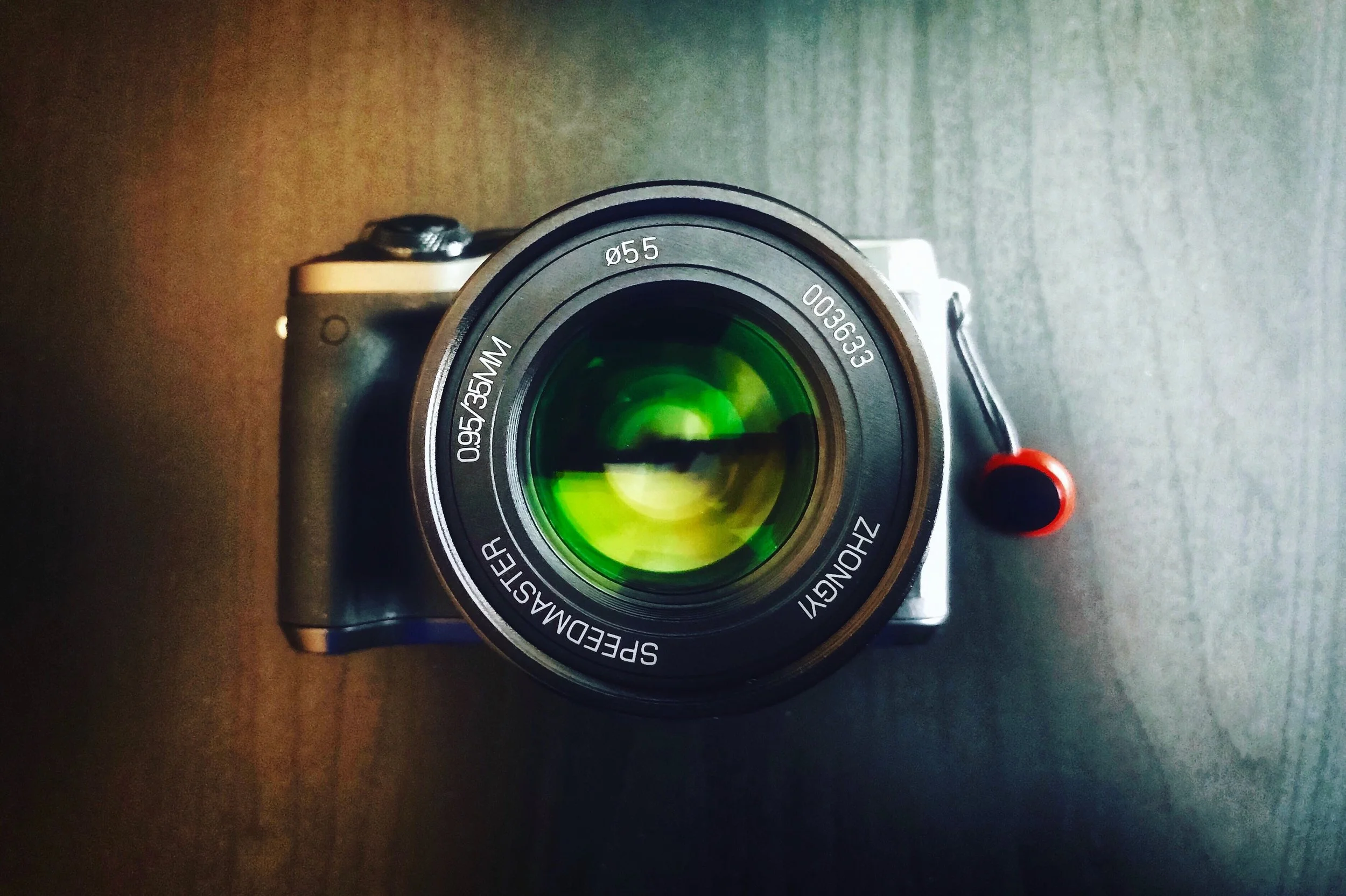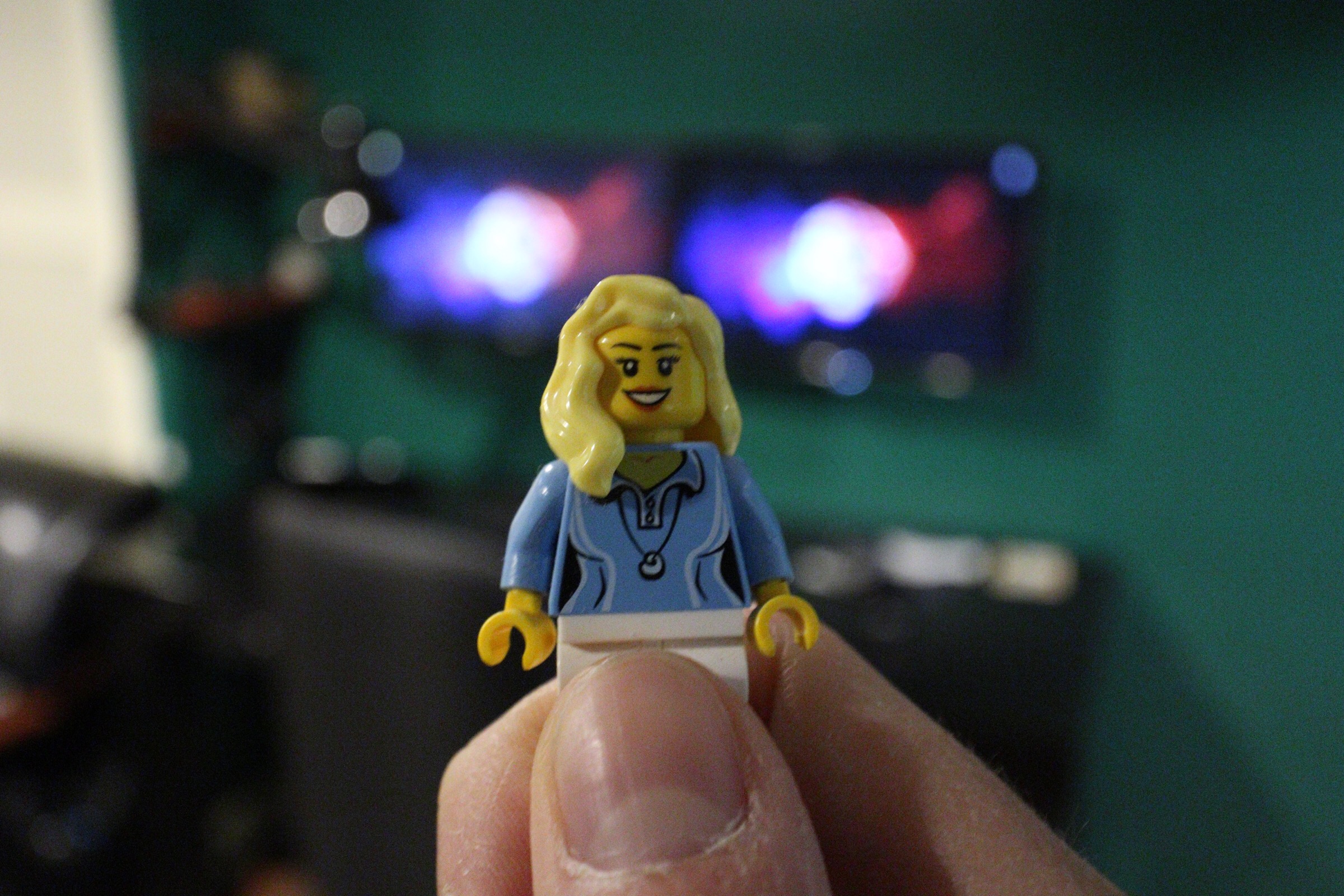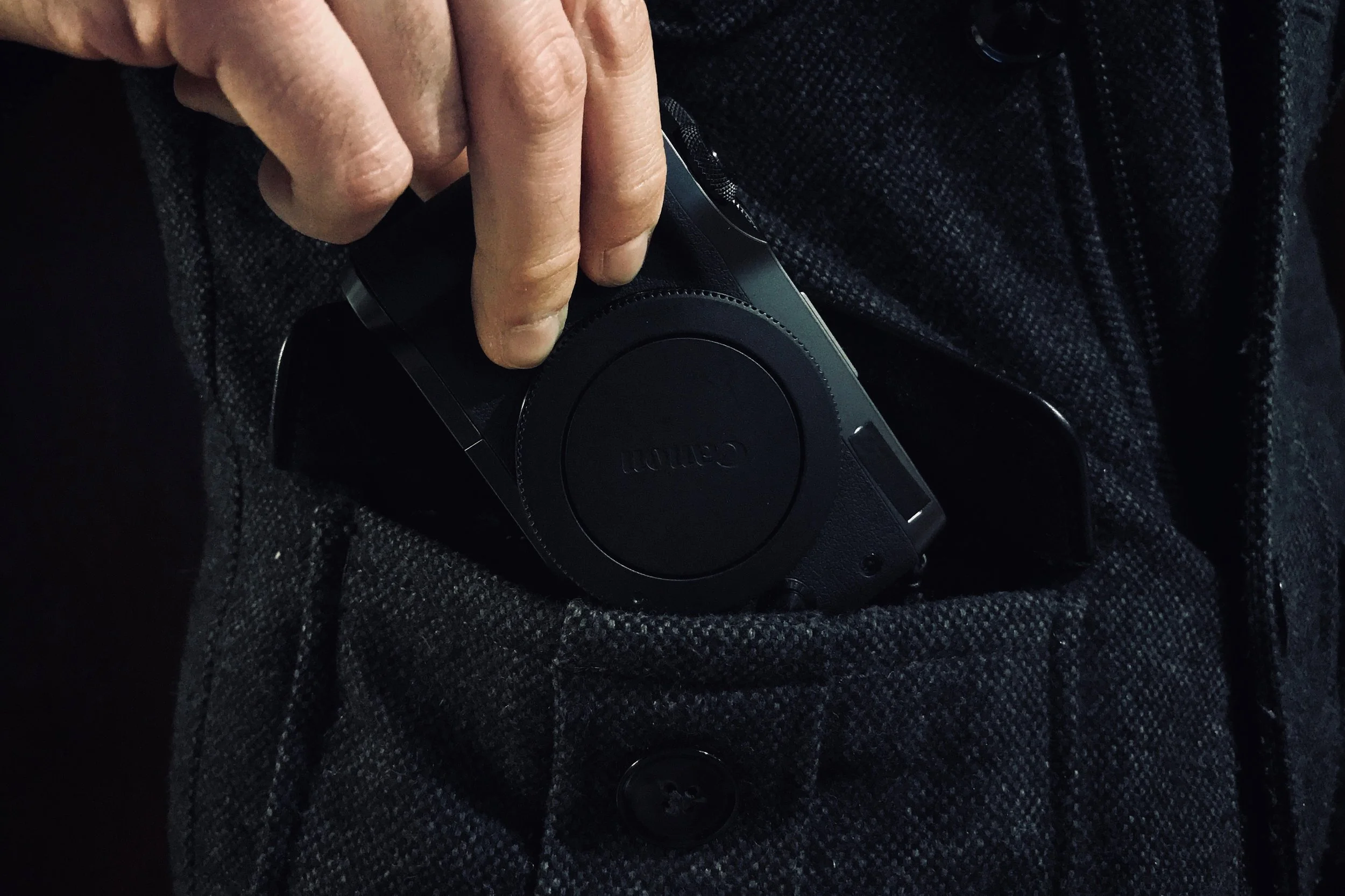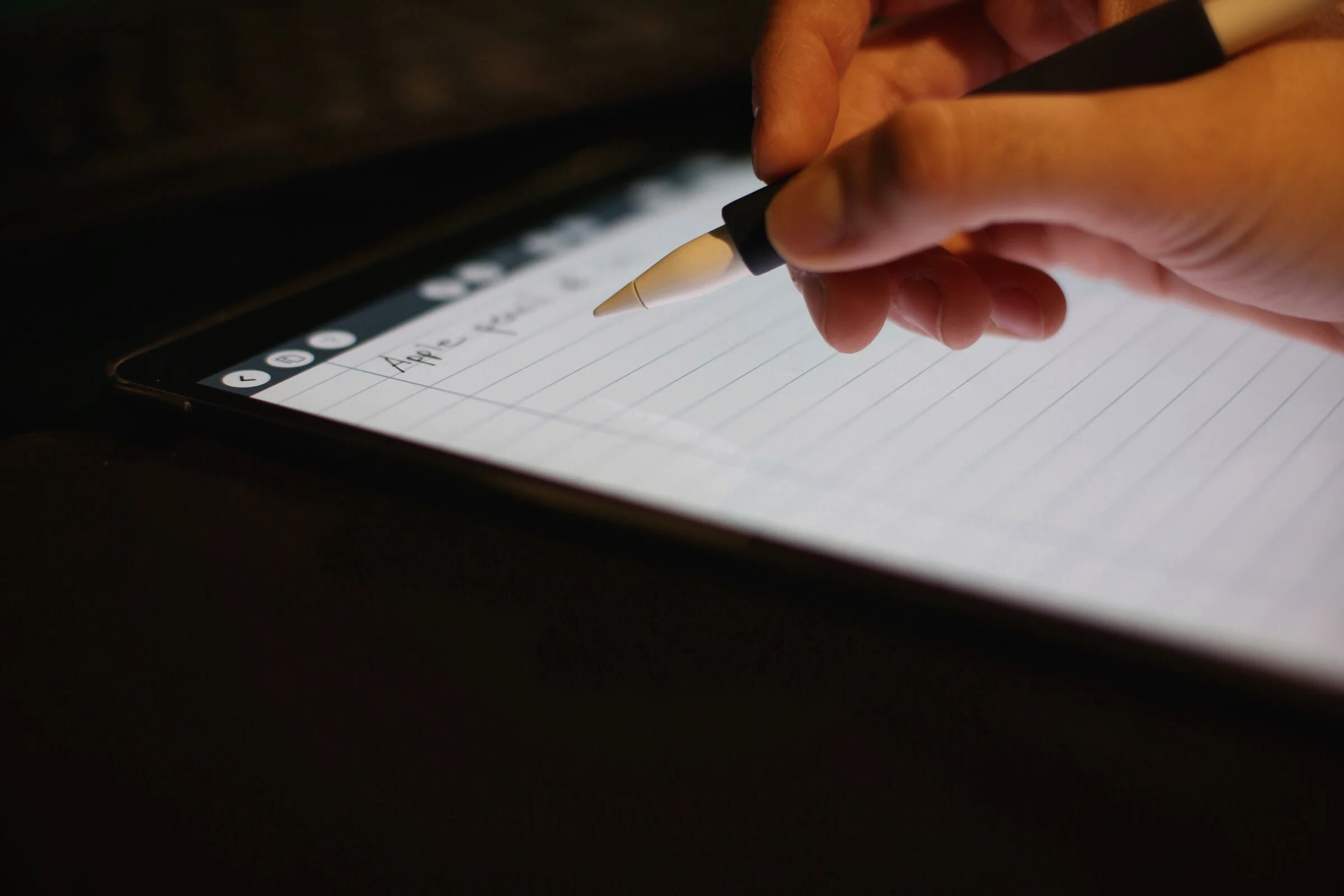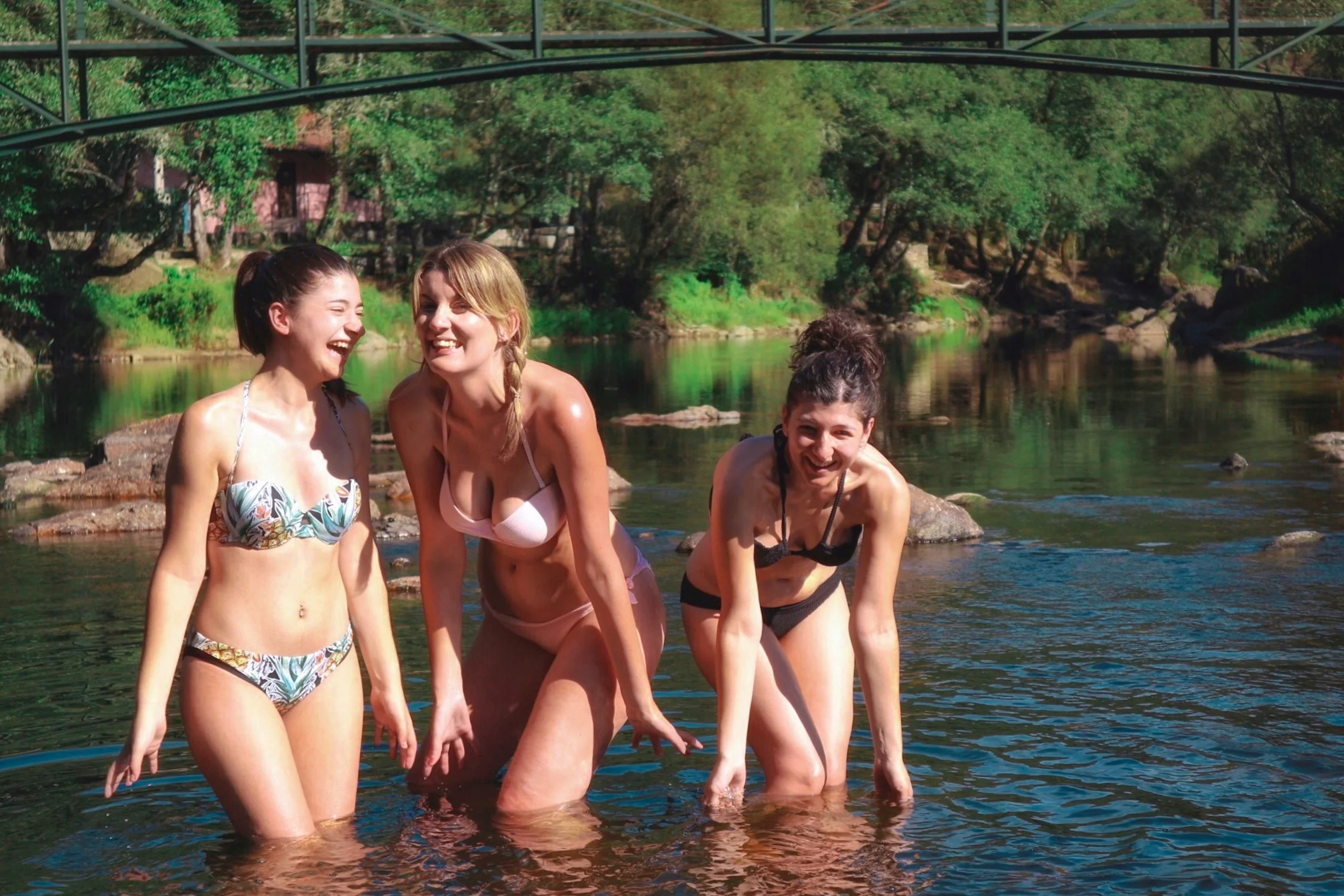Crop Factor: Does Sensor Size Affect Focal Length, Aperture, and Light Gathering?
Ever wondered what all the commotion is about sensor size? What does crop factor really mean? Are bigger sensors better? Lets cover some of the technical and nontechnical ideas about sensor size and crop factor.
Crop Factor is a comparative (imaginary) number based on the diagonal length of a full frame (FF) sensor divided by the diagonal length of another given sensor, to be able to calculate an "equivalent" focal length and aperture that will capture the same "frame" with the same field of view (FOV) and sometimes depth of field (DOF) relative to what a full frame sensor at a given focal length and aperture would.
This article assumes you have the basic knowledge of how a camera works and about what depth of field and field of view is. Also knowing what aperture is and how it effects exposure is beneficial information. Even though I will describe things in their most basic forms, it helps to know your stuff so that you do not miss any important information.
First, to better understand crop factor one must know how and where the calculation for crop factor comes from. To find the crop factor of any given sensor first add the squared length and width of the sensor and then square root it. This calculates the diagonal length of the sensor. Do this for a Full frame sensor, which yields 43.27 mm, and place this over the other diagonal sensor length and then divide. (Don't worry, this is the most math that will be done in this article.)
So on an APS-c sized sensor with a 26.68 mm diagonal length the crop factor would be
43.27 mm / 28.85 mm = 1.5 crop factor
Smaller sensor = larger crop factor.
Larger than FF sensor size = smaller crop factor
Some basic crop factors are as follows:
Full Frame = 1
Canon APS-C = 1.6
Traditional APS-C = 1.5
Micro four thirds = 2
Lets say you saw an image taken on a full frame camera using a lens of fixed focal length shot at a certain aperture: What the crop factor will do is provide a focal length and aperture size for any given sensor to recreate the exact same frame (taking the same picture of something at the same distance away) and yield the same DOF and FOV (crop factor only has to do with FOV and DOF and not exposure, but more on that later). To achieve this you would multiple the crop factor to your cameras focal length and aperture to find the same "equivalent" focal length and aperture as that full frame camera to get the same frame or picture.
Understand that the focal length and aperture are not really changing. When you buy a 50mm lens for a APS-C camera it is truly a 50mm lens but will take the same picture as a 75mm lens on a full frame camera. When applying crop factor one is just translating focal length into an 'equivalent' number for more accurate comparison, but let me explain this in more detail.
Why are we doing this to find equivalent focal lengths and apertures to compare with full frame cameras? The only reason is so photographers can be speaking the same language no matter what sensor sized camera they have. If we all know what FOV a 50 mm equivalent focal length will give then the person with a micro four thirds camera can tell the person with a medium format camera what equivalent focal length was used to capture a specific image. Then the medium format sensor sized camera guy or gal can go buy the appropriate lens to take a similar image.
As to the reason why FF and not another size is due to the movie industry. 35mm film was popular to use during analog times, and became kind of a standard (but not the only sized used) for motion pictures at the time. 35mm film is about the same size as a full frame sensor.
Focal length and Field of View
I will not talk about compression or how different focal lengths will change the perceived distance of objects. That is not important to crop factor and more important to focal length.
Focal length is the distance from the lens element to the sensor, or more specifically where the light rays converge to the image sensor along the focal plane. (I will have an illustration)
Why does FOV change for same focal length lens on a different sensor size? This is due to the smaller sensor (smaller than FF) capturing a narrower area of light. Opposite applies to sensors larger than FF. This is better shown with an illustration.
An illustration simple enough for everyone to understand, yet simple enough to piss off photography majors.
As you can see even though the same focal length was maintained across two cameras with different sensor sizes the field of view was narrowed because less range of light will hit the smaller sensor.
We can also get the same FOV by changing the focal length of the lens. This can be illustrated by increasing the focal length of the FF camera lens to get a narrower FOV to be the same as the APS-c camera or vice versa.
Example: If you wanted to take an image at a point in a room with a FF 50mm lens and wanted to get that same image and field of view (FOV) at the same point in the room on an APS-C sensor camera with a 1.5 crop factor, you would need to use a 33.3mm lens. (Of course the lens will be rounded and sold as a 33mm.) We are now using the crop factor to find equivalent focal lengths.
(APS-C) 33.3 mm x 1.5 = 50 mm
(FF) 50mm x 1 = 50mm
(MFT) 25mm x 2 = 50mm
Aperture and Depth of Field
The aperture f-stop number (or f-number) is a calculated number which gives the ratio of the focal length to diameter of the entrance pupil (aperture opening). Aperture in a camera is adjusted by changing the entrance pupil diameter only on a prime lens. On a zoom lens changing the focal length will change the aperture because the calculation to get the f-stop number also involves the focal length. This is most notable with a kit zoom lens where you do not change the aperture but zoom in and yet the f-stop number goes up. Because the f-number changes with the aperture opening and closing, f-number can be used to describe the change in light due to the change in aperture size.
Aperture is calculated taking the focal length over the diameter of the entrance pupil and dividing them.
Focal length / diameter of entrance pupil = aperture in an f-stop number
F-stop number does not change depending on your sensor size since it’s a ratio based on physical properties of the lens, and instead will, more or less, scale with the change of focal length and size of lens due to change in sensor size. This is convenient because the change in f-stop number, used to identify change in how much light is coming into the camera through the lens, can be universally translated to any lens on any camera. The change of one stop of light will be the same change in f-stop number if using a full frame sensor, other sensor size, or even if using different focal lengths. F-stop is another universal language when talking about exposure.
The F-stop number helps gauge the amount of light coming into the camera, so as long as the focal length is the same then the change in diameter will be the same and the amount if light coming in will be the same. F/2.8 to f/1.4 is the same change in light on a FF as it is on a MFT. This means that exposure from aperture is not affected by sensor size. The 'speed' of a lens does not change compared to a FF camera. A 1.2 f lens is very fast and the same speed if it is on a FF camera or micro four thirds camera.
There are three factors that effect DOF; focal length, aperture, and camera to subject distance (I think this is the easiest way to put it and there are really only two factors, distance and pupil size, but using these universal languages will help drive the point home better). Let’s focus on aperture and how it affects depth of field. As you open an aperture you produce a shallower (or smaller) depth of field or 'less stuff in focus'. DOF is the depth or length of stuff in focus, behind and in front of the main or center focus point.
Focusing and DOF can get kind of confusing, but I will try to explain it the best I can.
First we must understand how a subject, or just a point, can be in focus. For simplicity, we will say two rays of light come off of a point at a certain distance and hit the edges of lens opening at opposite ends. Those rays then start to converge. If these rays of light do not converge at or very close to a plane called the 'plane of focus' then the point where those light rays came from will be out of focus.
Going off of what I just said, when you take a picture there is really only one infinitesimal point that is truly in focus for all conditions. You might look at your pictures now and say “this subjects body is completely in focus, just not the background”. This is because even though the light rays did not converge perfectly onto the plane of focus our limited eyes can’t differentiate the difference in distance of the light rays. The light rays landed close enough that it looks like your subjects face is in focus. As technology gets better we will be able to blow up our 100 megapixel images on our 16k wall-tv’s and say “hey, this wasn't completely in focus as I thought” and then forget about it as we upload it to Instagram where it will be seen on small screens. My point is, there is distance that the light rays can come close to the plane of focus where we will say something is in focus.
To expand on this idea, lets say infinite rays come off that point at all directions, then the rays converge inside the lens, and finally create a cone. If that cone does not converge at the plane of focus (converging behind or in front) then it will be sliced at the plane of focus creating a circle cross section called the 'circle of confusion'. If this circle of confusion is larger than the 'permissible circle of confusion' then that point will be out of focus. That “circle of confusion “represents how far the light rays were from the plane of focus before converging. The “permissible circle of confusion” is how much our brains will except that the image is in focus.
Do I have to say it? This is not even close to scale.
We can now have a depth of field because we have a range of what can be in focus: This is a distance where the circle of confusions can be smaller than the permissible circle of confusion and in turn in focus. By increasing the aperture, then the angles of the cone become smaller creating a stubbier cone. A stubbier cone will have a larger change in the circle of confusion when traveling along the optical axis (simply put is the axis which goes through center of lens and is perpendicular to the plane of focus) which is why a larger aperture will yield a shallower DOF.
When the aperture is closed as small as possible then light rays entering will be at similar angles or have less angle variation between them yielding much larger area in focus as the cone will be long and skinny.
The whole time I was not taking into consideration that one can change what is in focus by changing the focus in your camera. One can change what is in focus, without moving but instead changing the focusing on the camera, by changing the plane of focus in the lens. I am not going to go into how this is done.
This topic can go further, but for the basic understanding of DOF for a photographer, this is good enough. I would like to say that aperture will not change the image itself. You are still getting the same image but with a different DOF and exposure, and FOV stays the same.
Now that we have aperture out-of-the-way let us see how the other two factors change DOF. Depth of field also changes depending on the distance of the object and the focal length, so there is a lot more going on besides aperture.
Holding aperture and focal length constant we can see what our DOF is by seeing what objects, at different distances, are in focus.
As the objects get closer, the cone becomes stubbier. If the permissible circle of confusion only allowed closer object to be in focus, we adjusted the focus of the lens for something close up, then we also change the real distance of stuff away from the camera that will be in focus. Pulling numbers out of a hat I will say if with one camera we focus on something that is 10cm from camera then things 3cm behind or in front will be in focus, so essentially a 6cm DOF. If we take an object 100cm away then because of how the cone will change then the DOF might be 30cm. This increase in DOF is due to the subjects distance from the camera.
Let’s take a real life example where we don't change the aperture size, but instead we change the focus point.
A great example is using the best camera you have, your eyes. Place an object (or you can use your hand as well) at eye level with plenty a view behind it. When you stand a step back from that object, everything in the background is blurry, but you can still make out some detail. If you then approach the object to the point where your face is almost touching it everything behind it becomes much more blurry. You have shifted the focal point bringing it closer to the lens, your eye.
Objects closer to the camera will have a smaller DOF then objects farther away. You can see this in the picture below. I kept all exposure setting constant (same aperture!) and just moved the object.
Now we saw how aperture and distance affects DOF lets look at the last thing: focal length.
Two things might change when using 'equivalent' lenses (ex. 50mm on FF and 33mm on APS-c): That lens has different real focal length and so a different real pupil opening even if the apertures are set to the same f-stop.
As mentioned before the f-stop number, calculated using focal length and opening diameter, is used to tell how much light is coming into the camera, because it is a ratio you can use a smaller diameter and focal length and still achieve the same f-stop number. Even though you get the same f-stop number (same proportional light entering), the physical dimensions of the lens is still different. Equivalent focal length is imaginary, or for comparative purposes, and real focal length is the length light adheres to. So even if you are using an 'equivalent' focal length your DOF will change because your pupil diameter is different even if your f-stop number is the same.
So even though you are using an equivalent lens or standing the same distance away, DOF will change. To get the same image frame at the same spot you need to get an 'equivalent' focal length lens and shoot at an 'equivalent' aperture by applying the crop factor.
However, one can use the same real focal length with the same real aperture on different sensor sizes and take a picture at the same distance away and crop in to achieve a picture with the same DOF. If you were to crop all those pictures to get the same FOV you will have the same image (more or less) with the same DOF (but of course at different resolutions or quality). I think this is an important paragraph as it shows how imaginary crop factor is.
To get the same DOF for the same image or frame (again at the same location with same FOV using an equivalent focal length) we apply the crop factor to the aperture. Unlike focal length when applying crop factor to aperture you will need to divide.
Example: If I wanted to stand in the same place but achieve the same DOF that a FF f/1.8 lens provides using a APS-c sized sensor camera (1.5 crop factor) then I would need to open up the aperture to f/1.2.
This means that when you buy equivalent lenses, the lens for the larger sensor size will have a shallower depth of field for the same aperture size and vice versa. This illustrates one big change in DOF between sensor sizes. It may be easy to buy a f/2 lens on FF but buying a F/1 on a MFT camera will be a very pricey purchase. Then take into account if you are trying to reconstruct an image you will need a lens that has half the focal length, so a 25mm f/1. Trying to achieve the same DOF on smaller sensor sizes soon becomes pricey.
FF f-stop of 4 = f-stop of 4 on FF
APS-C f-stop of 2.7 = f-stop of 4 on FF
MFT f-stop of 2 = f-stop of 4 on FF
We come to another issue, DOF might change to achieve the same 'equivalent' aperture but the aperture and the amount of light coming into the lens is also changing. By increasing that aperture you also increased the amount of light coming into the camera. You would have to compensate for that by adjusting the other two exposure triangle points; shutter speed and iso.
Edit: I do not know if I made this clear but the crop factor only applies to the DOF of the aperture and not its ability to let light into the camera. The 'speed' of a lens stays the same. F/2 FF lens will have the same light capturing capabilities as an F/2 on MFT but DOF will not be the same. You can take a picture with the same exposure settings (same iso, shutter speed, and f-number) on any sized sensor and get the same exposure.
Sensor Size Does Not Change Depth of Field
As previously stated there are three factors that effect DOF; focal length, aperture size, and camera to subject distance. Also, to get the same image from the same location from different cameras I said one needs to stand the same distance away, have the same equivalent aperture, and same equivalent focal length, but what if you did the first and instead used the same actual focal length and actual f-stop and then croped in the image to get the same FOV? Funny thing is you then get the same image with the same FOV and DOF. You get the same frame but with less resolution. Even though by croping in you are cutting into the resolution, what this tells us is that the sensor size is not what is producing the shallower depth of field.
Sensor size does not change the DOF! Sensor size will only change the relative FOV. Smaller sensor size means smaller FOV or a more ¨zoomed in¨ image which causes the photographer to take a step back increasing the distance from the subject. The opposite for a larger sensor. So why did we have to apply all these crop factors? Essentially just to not crop into the image and reduce quality.
This goes back to me hinting that there is really only two things that affect DOF: distance and pupil diameter size. Because we usually use f-stop to talk about pupil diameter, we need to include focal length so that f-stop and focal length can cancel each other out and leave us with pupil diameter size.
This is why I have two ideas here that seem to clash. For the everyday camera man, they will be speaking in focal length, aperture, and distance, so talking about DOF in terms of focal length, f-stop, and distance is more relevant to them than talking about it in distance and pupil size.
Do not dismiss one because you know the other. It is important to know what is causing your depth of field change and how to get the same frame when using different sensor sizes or lenses.
Light and Sensor Size
Let me start by saying crop factor has nothing to do with the next two sections. I am switching gears a little just to roll out some of the sensor size misconceptions. The next information could dive straight into some hard science such as quantum mechanics, but ill keep it simple. You don't need all that fancy-fancy to understand this.
One misconception is that sensor size corresponds to iso performance or that a smaller sensor will capture less light needing to compensate to capture a similarly exposed image as a FF camera would.
So, now I can tell you that smaller sensors, compared to FF, receive less light, but on a smaller area, but because light intensity entering the camera is the same, the same light per unit area will be captured. So smaller sensors capture the same light per unit area as larger ones. That is the key phrase here, "same light per unit area".
This means that a larger sensor and a smaller sensor (lets say they are identical sensors except one is smaller than the other) will capture the same light per unit area so that the images between them will have the same exposure. Sensor size does not change the light gather capability.
ISO and Sensor Size
Iso performance is a different story. Three main factors effect ISO performance; sensor quality, image processor quality, and size of pixels. (New technologies will also affect iso performance, but I am disregarding this for the explanation). The first two don't depend on sensor size. The third doesn't either. The third is related to how large each pixel is on the sensor. This relates to how many pixels per area, or pixel density, and then the size of the sensor compared to that density. Smaller pixels mean they will gather less light then larger pixels, and in turn less information per pixel and more noise. Noise is the camera trying to compensate for lack of information at a given pixel.
Smaller sensor does not mean smaller pixels. Reduce the pixel density on a smaller sensor and the pixels grow. Sensor size does not determine iso performance.
This means you can not have two (identical) sensors (with identical image processors), one being 24 megapixel full frame sized and the other 24 megapixel APS-C sized and expect them to get the same performance. Smaller pixels have smaller area, so they pick up less light information (simple version).
This also means we should all switch to large format. Might just buy me one for shits and giggles.
Conclusion
The conclusion is who gives a f**k about sensor size. If your using anything in between large format and 8mm frame then you are set to take pictures. Crop factor is imaginary and is just a translation key of focal lengths and apertures for one universal photography language. Use whatever focal length and aperture you think is visually pleasing.
A more useful and scientific conclusion is crop factor is an imaginary tool to allow photographers using different sensor sized cameras to communicate with each other easily. A useful focal length is 50 mm, but I won’t list all the equivalent focal lengths for every sensor size, the crop factor calculation deals with that. It all depends on how you want to take a picture and finding the correct FOV and DOF to get the desired results.
I know when I first started photography I used a crop sensor, but all the available information was based in actual focal lengths, so at first I was confused why I needed to be so far away or close up to take similar pictures as some of my idols. Then I discovered the idea of crop factor. As my lens lineup grew I stopped thinking about equivalent lengths and started thinking about the images I wanted to capture and how I would capture them. Besides all the crop factor stuff I hope what people really learn is YOU get to choose how and what you want to take a picture of. Do not let this imaginary person know as crop factor tell you how to take a picture or how to have fun doing it.
Comment below if you disagree with something, find a mistake, or just want to add to the discussion. Here are two nice videos that are for and against applying crop factor to aperture.

